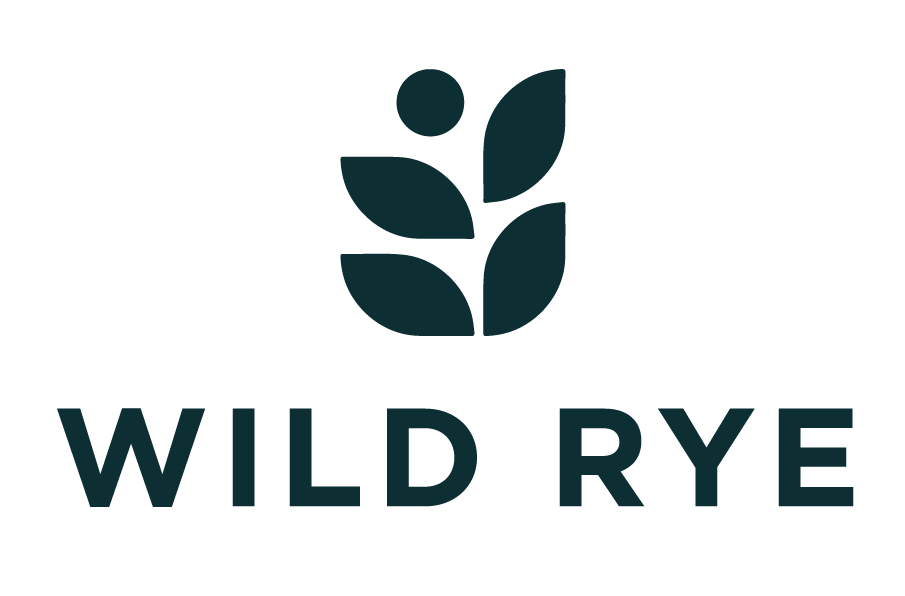
let's talk about hemp, baby.

Let’s talk about hemp, baby.
Let’s talk about weight and weave.
Let’s talk about all the good things,
And the great things that may be.
Ok, songs aside, Hemp is a seriously cool plant. And fabric. And a really easy (and fashionable) way to be a little bit kinder to our planet.
We didn’t just pick hemp willy-nilly because it’s soft or because it’s also something you can enjoy recreationally. Choosing hemp to make our cozy layers was a very intentional decision. Let’s dig into why.

10 Reasons We Love Hemp
- One acre of hemp will produce as much material as 2-3 acres of cotton and is four times warmer.
- Hemp is a much more effective sequester of carbon dioxide than trees.
- Hemp is so effective at absorbing toxic materials it has even been considered for removing radiation from Fukushima.
- The yield of hemp is incredibly fast, taking an average of 4 months to grow.
- Hemp roots can grow up to nine feet deep, strengthening the soil in which it grows and ultimately helping to restore damaged soil.
- Hemp fibers are easily removed from the plant and can create clothing with zero chemical residue.
- Hemp clothing is naturally odor-resistant, breathable, UV-protectant, and fire resistant.
- By weight, hemp seeds contain as much protein as beef.
- Hemp has the strongest natural fiber of any source.
- Hemp is currently used in over 25,000 different products.
Ok. That was a lot. Let's back up a bit.

What Exactly is Hemp?
First thing’s first. Hemp is not the same as marijuana. While they are technically different varieties of the same plant and look similar, hemp contains almost no THC – the principal psychoactive constituent of cannabis. Essentially, this means that even if you try really really hard, hemp will never be able to get you high. Aside from their chemical differences, they’re also cultivated in very different ways. Generally speaking, hemp is planted closer together in order to encourage vertical growth and limit branching. Marijuana plants are planted farther apart to encourage the growth of branches and flowers.
The History of Hemp
Hemp is one of the earliest known domesticated plants, and can be traced back to the Neolithic Age in China. In the US, hemp has been used in everything from 19th century ship sails to the covers of pioneer wagons. The Declaration of Independence was drafted on hemp paper, the first American Flag was made with hemp fiber, and even the pages of many modern Bibles remain hemp-based.
There are many incredible natural fibers out there that can be made into clothing. But, hemp takes the lead for a number of reasons. Made from hemp bast fibers, hemp clothing is eco-friendly and sustainable in it's cultivation and processing. Hemp cloth is incredibly strong and durable, absorbent while still being breathable; antimicrobial, and antibacterial. As if the benefits of hemp fabric weren’t enough, the plant can be used in countless other industries as well to produce a wide variety of goods, meaning that little to none of the plant ever goes to waste.
What Can’t it Do?
Hemp is one of the most versatile plants found in nature. It only takes between 90 and 100 days for plants to mature, and they often grow to over 16 feet tall. Hemp is also one of the most effective carbon sequestering plants on the planet: for every ton of hemp produced, 1.63 tons of carbon is removed from the air. After they’re harvested, hemp plants can be used to make a myriad of different products — 25,000 and counting — using every part of the plant.
In order to make many of these products, industrial hemp farms first break the hemp plants down into three main materials: seeds, hurd, and bast fibers. These raw materials can be used to make nutrient-rich foods, building components, and even biofuel. Likely the most known hemp-based product comes from the bast fibers, which are used to make textiles and fabrics like those used for our Helens Hoodie and Tallac Turtleneck.
Hemp bast fibers, which come from the soft outer layer of the plant, are often used to make rope, canvas, fabric, carpet, clothing, shoes, and bags. Bast fibers can be processed in multiple ways, resulting in extremely soft and loose or tough and tight weave fabric. They can be woven so that they’re both durable enough for clothing and even strong enough for ship sails. Hemp hurd, which is produced from the tough inner portion of the stock, can be used for paper, mulch, insulation, cardboard, animal bedding, and even as an ingredient in fiberboard, concrete, and biofuel.
Hemp seeds can also be used in a variety of ways, either by extracting their oil or by using the seeds themselves. The seeds are 30% oil, and therefore are often used in inks, varnishes, and paints as well as hair and body products and cooking oils. The seeds as a whole, also known as hemp hearts, are one of only a few plants that are considered a complete protein and are used to make cereals, alternative flours, protein powders and bars, and hemp milk.

The Future is Hemp.
As our world continues to evolve (and devolve) around us, one thing remains certain: hemp isn’t going anywhere. In fact, hemp has the potential to lead the way towards a more environmentally friendly and sustainable future — particularly in the clothing industry. It’s a high-yield, low-impact crop that is as good for the soil it grows in as it is for the economy. Due to its unique composition, hemp likely holds solutions to some of the most pressing problems we face as a result of climate change. Nearly 10.5 million tons of clothing end up in landfills across North America alone every year. In addition, the production of these clothing items contributes upward of 1.7 billion tons of CO2 into the air per year. That adds up — fast.
If each of us were able to keep each article of our clothing for just nine to ten months longer than we typically do (the average American will wear an article of clothing only 7 times before throwing it away) we would be able to reduce our individual carbon footprints by 20-30% every year. In addition, if we all owned more hemp (or any natural fiber) clothing, our negative impact on the environment would dramatically decrease. With the help of hemp fabric, and increased social awareness, we can make this future a reality.
Outside the apparel industry, hemp also continues to benefit our environment. There are a variety of biofuels and hemp-based plastic substitutes that are in development in an effort to offer consumers more sustainable options to choose from. There are even efforts within the auto industry to develop cars with hemp components to make them more easily recyclable and biodegradable. As the popularity and awareness of hemp fabrics continues to grow, so does the positive impact of sustainable, natural hemp clothing production. When it comes to hemp, the possibilities are truly endless.
written by: Ren Egnew
Sources:


![[Saffron] Danner 3/4 Zip saffron yellow flatlay](http://wild-rye.com/cdn/shop/files/DANNER_SAFFRON.jpg?v=1764970727&width=2160)
![[Saffron] Danner 3/4 Zip Saffron yellow front crop view](http://wild-rye.com/cdn/shop/files/WILDRYE4908.jpg?v=1764970727&width=2048)
![[Amethyst] Heyburn 3L Jacket in amethyst, flatlay](http://wild-rye.com/cdn/shop/files/WildRye_HeyburnJacket_Amethyst_1.jpg?v=1759164917&width=2048)
![[Amethyst] Heyburn 3L Jacket in amethyst, on model front crop view](http://wild-rye.com/cdn/shop/files/WILDRYE6636.jpg?v=1759165998&width=2048)
![[Shaded Spruce] Heyburn 3l bibs in shaded spruce, flatlay](http://wild-rye.com/cdn/shop/files/WildRye_HeyburnBib_Spruce_1.jpg?v=1759173988&width=2048)
![[Shaded Spruce] Heyburn 3l bibs in shaded spruce, on model front full body view](http://wild-rye.com/cdn/shop/files/WILDRYE6166.jpg?v=1759173988&width=2048)
![[Olive You] Freyah Pant Olive flatlay](http://wild-rye.com/cdn/shop/files/FREYA_OLIVEYOU.jpg?v=1757356787&width=2160)
![[Olive You] Freyah Pant Olive front full body view](http://wild-rye.com/cdn/shop/files/WILDRYE3613.jpg?v=1757436391&width=1815)
![[Storm Contour] Bassett Half zip in storm purple with light purple floral pattern, flatlay](http://wild-rye.com/cdn/shop/files/BassettHalfZip_StormContour.jpg?v=1757965879&width=2160)
![[Storm Contour] Bassett Half zip in storm contour, on model front crop view](http://wild-rye.com/cdn/shop/files/WILDRYE4159.jpg?v=1757965879&width=2048)
![[Chestnut Storm] Brown baselayer legging with purple colorblocked stripe on each leg, flatlay](http://wild-rye.com/cdn/shop/files/BassettLegging_Chestnut.jpg?v=1757963384&width=2160)
![[Chestnut Storm] chestnut storm blocked baselayer legging, on model front crop view](http://wild-rye.com/cdn/shop/files/WILDRYE4041.jpg?v=1757963384&width=2048)
![[Shaded Spruce] Payette insulated pullover in shaded spruce, flatlay](http://wild-rye.com/cdn/shop/files/WildRye_PayettePullover_Spruce_1.jpg?v=1758837674&width=2048)
![[Shaded Spruce] Payette insulated pullover in shaded spruce, on model front crop view](http://wild-rye.com/cdn/shop/files/WILDRYE5759.jpg?v=1758838275&width=2048)
![[Iris] Payete Insulated Pant in Iris purple with floral contrast stitching, flatlay](http://wild-rye.com/cdn/shop/files/WildRye_PayettePant_Iris.jpg?v=1758840409&width=2048)
![[Iris] Payette Insulated Pant in Iris purple, on model front crop view](http://wild-rye.com/cdn/shop/files/WILDRYE5496.jpg?v=1758840409&width=2048)





Leave a comment
This site is protected by hCaptcha and the hCaptcha Privacy Policy and Terms of Service apply.